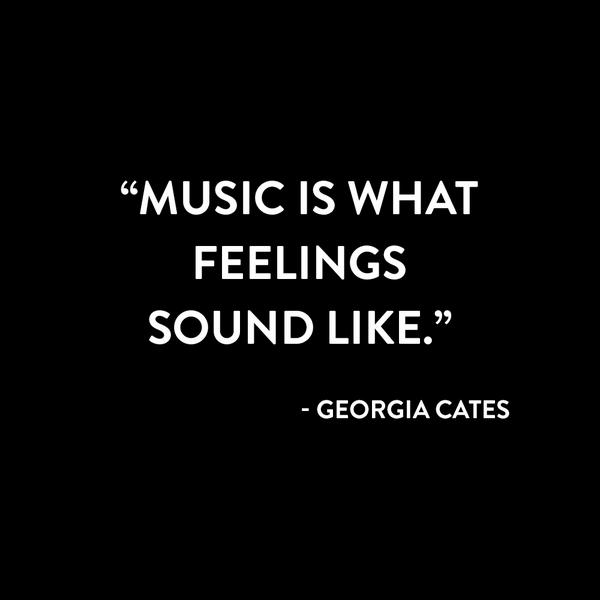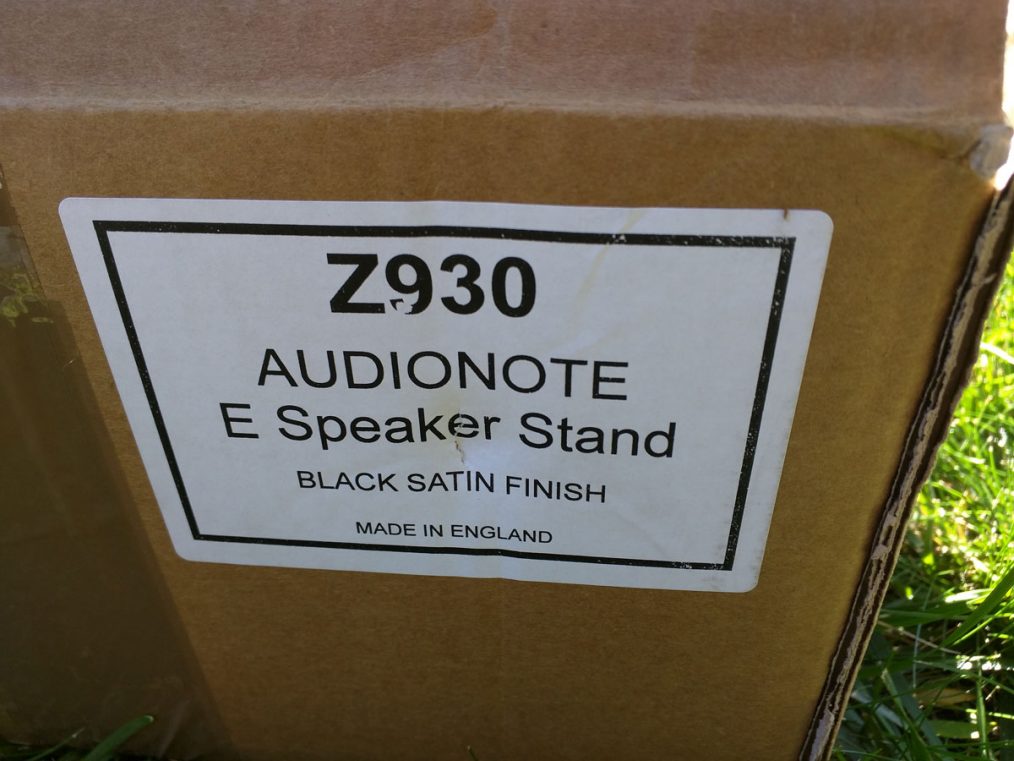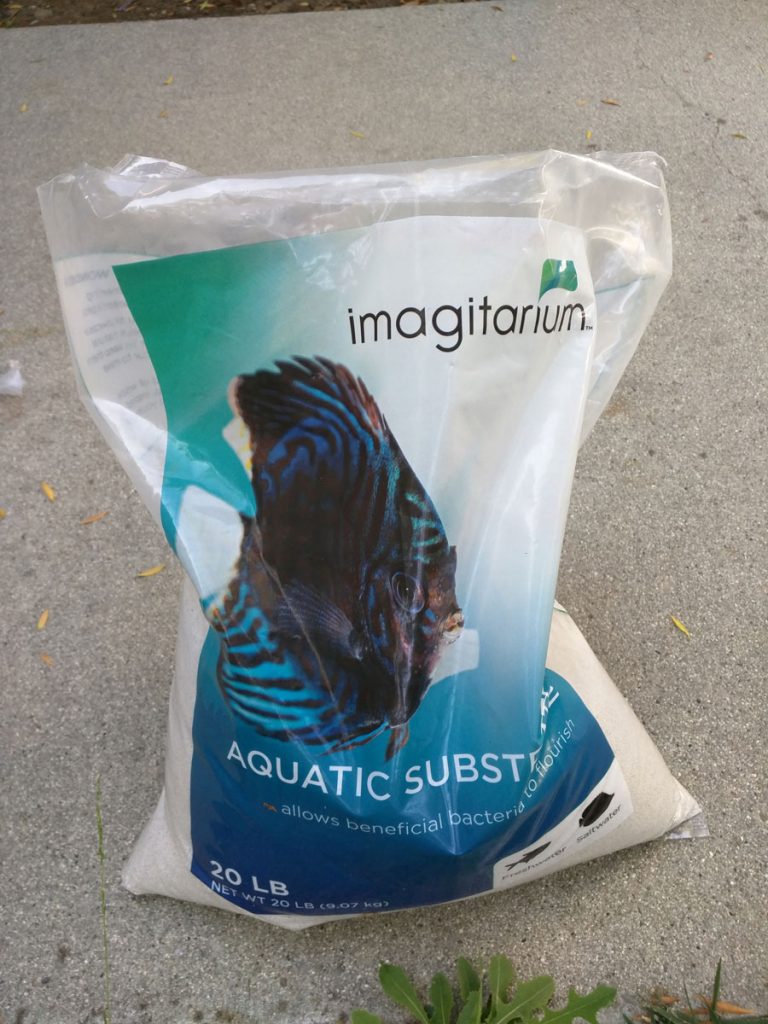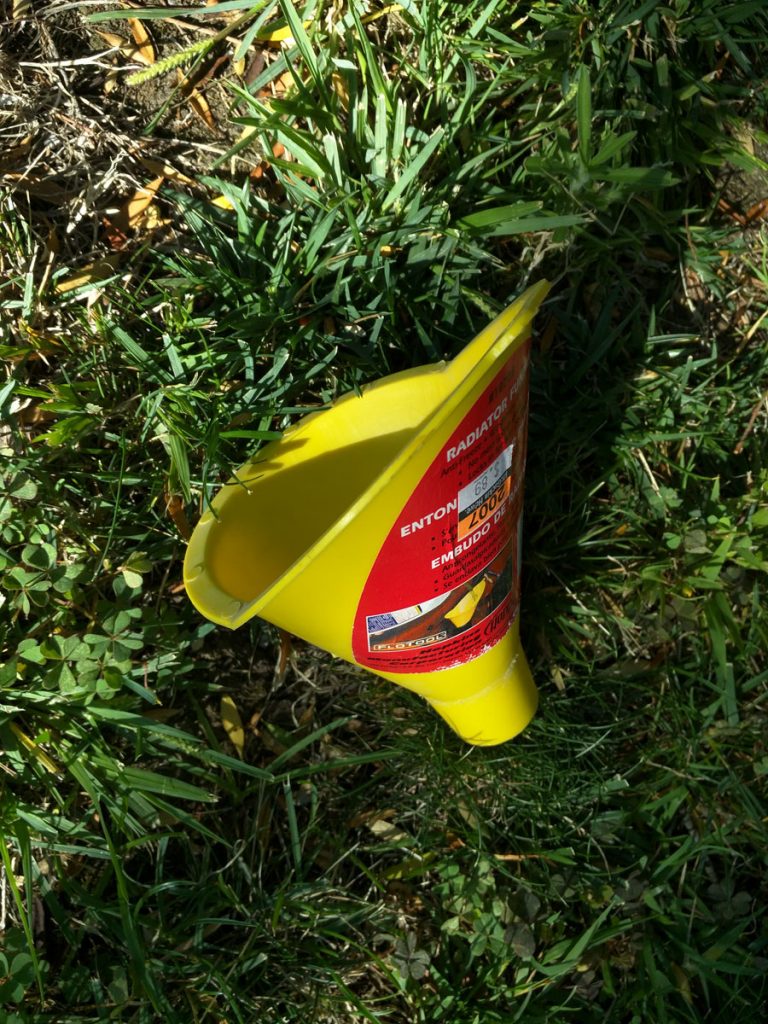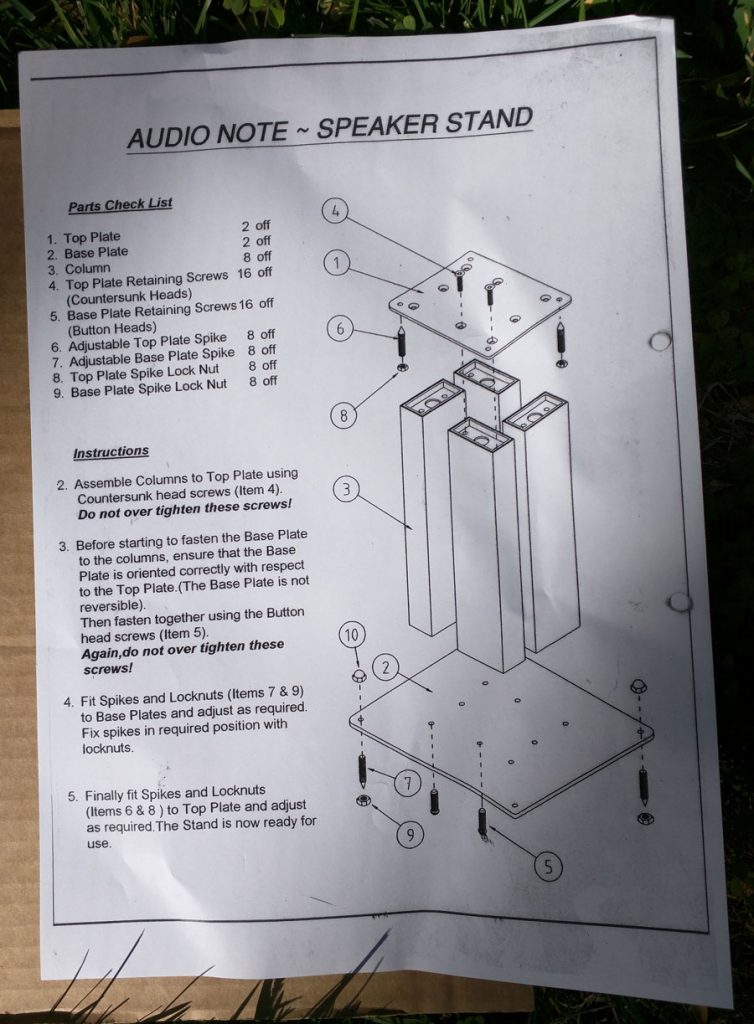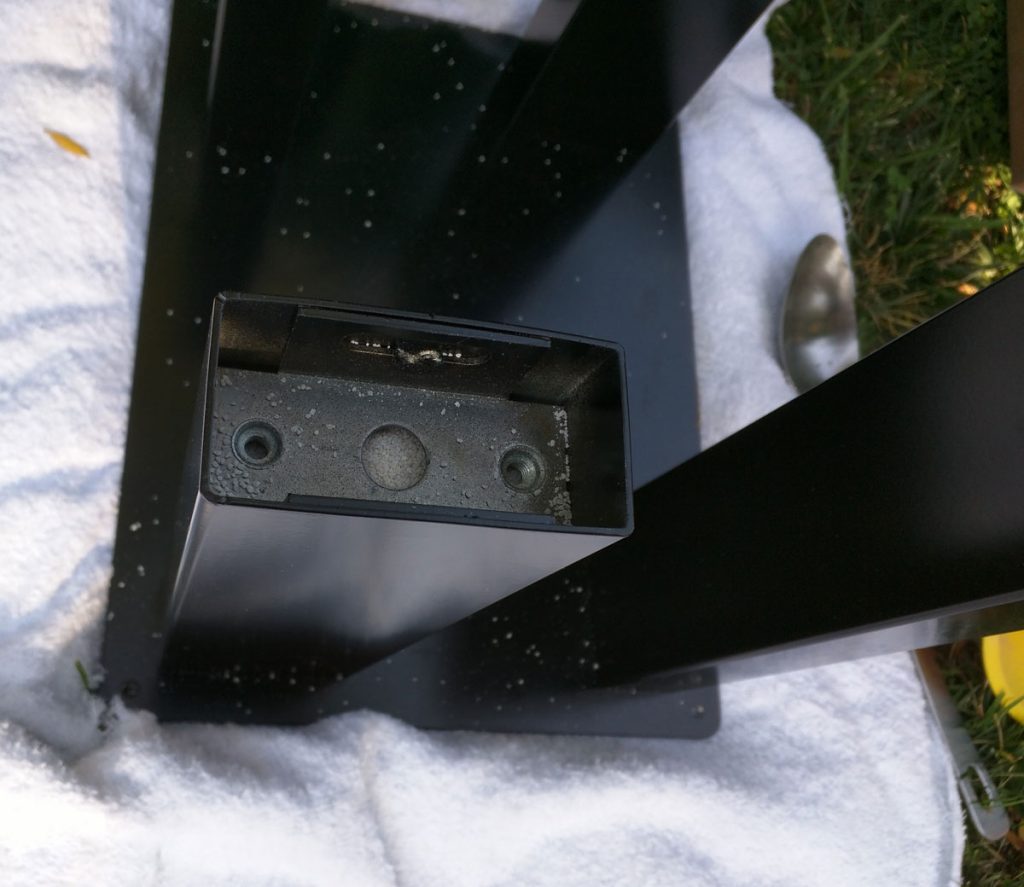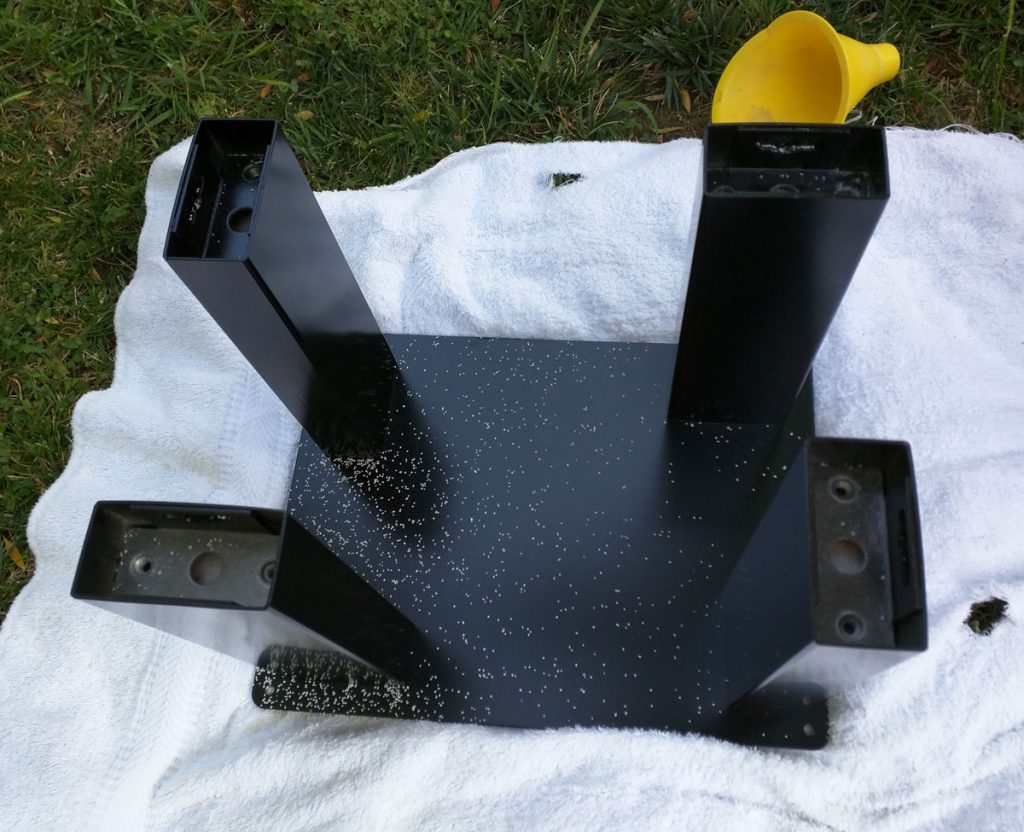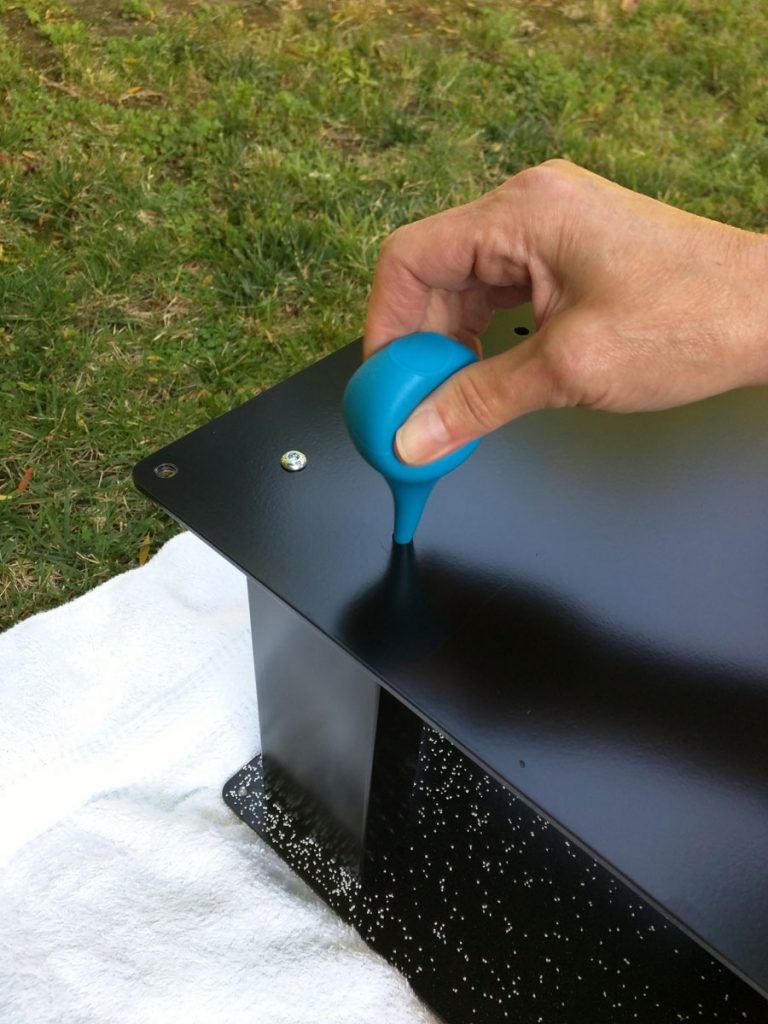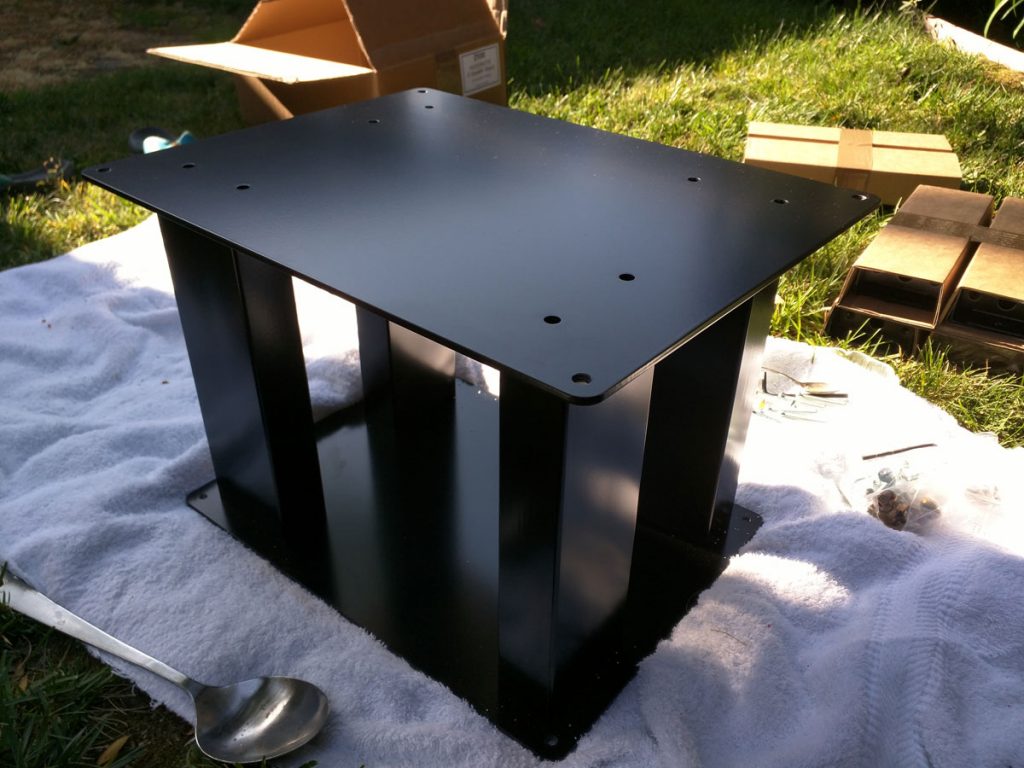I have been thinking a lot about objective methods for describing the quality of a HiFi system sound. Or even the quality of a single component.
Why?
THE PROBLEM
Because I am very very curious about how a lot of things sound that I will not have the time or resources to hear myself. And reviews and show reports are just not doing it for me.
To me, just about 100% of these read like this: “blah blah blah sounds great blah blah blah high price blah blah you should buy it. Next.”
First, very few people are qualified to review top-tier gear. When the world is awash in $15K(!) and above DACs few of our stalwart reviewers can afford to play this game.
Second, few people can, or even try, to describe sound in a way that readers can understand what they are talking about. Its hard, and it is certainly NP complete, and in the best case the press inspires, not describes.
Third, we all know what is third, no reason to bring it up.
THE ANALYSIS
I am thinking comparative analysis might be a good place to start. How does something sound relative to its peers. Does A have more bass than X but less than Y and Z? Good to know, right?
Then I ran across this old post on Romy’s site Do not “compare” audio equipment. In particular (as Amir quoted, and disagreed with for his own reasons):
You have to very clearly recognize what distinct the performance of a given component form “how it should be” instead to recognize the performing delta of a component relative to it’s competitive.
I interpret this to mean that one has to be careful – just because A has more bass than X does not mean it has better bass. X may have the perfect amount of bass and A may then have too much.
[I know, this “how it should be” is more of a gestalt – but we are forced, IMO, to objectify this gestalt in order to understand and communicate the quality of something]
These days, this “more is better or is it” dichotomy is very common with respect to resolution. Many things have more resolution than what might be considered natural – not that we can’t still enjoy them and buy them, but from an objective point of view, it really is probably too much resolution.
THE SOLUTION
We can look at other high-end domains as a guide, like cameras and autos, though they also suffer from the same primary problem we do: the quantification of the subjective in order to try and pave the way for objective comparisons is fraught. [fraught I tell you :-)]
Fraught or not, here we go:
We’ve done this a dozen times in the past but haven’t done it for several years, and I know Steve Rochlin at Enjoy the Music did it for a few reviews as well, but we are going to start comparing things to other things using tables.
Tables with a ton of attributes like Bass, bass slam, bass tightness, bass resolution, bass naturalness, bass harmonic richness, etc.
At the same time the numbers will not only be relative to other components but relative to ‘how it should be’.
A score of 100 is ‘how it should be’. A score of 110 is a little more than how it should be. A score of 90 is a little less.
WAIT. Before you think “Hey. My preferences are a little from yours Mike. Who gets to say what is 100 aka perfect?”
Well, if we are going to be able to communicate what something sounds like using numbers and words, we really need to try and to take ‘preferences’ out of the equation when it comes to reviews.
The assumption here is that there is indeed an absolute perfect sound. It doesn’t necessarily exist in the studio, on tape, on the original digital recording or in our living rooms, but there is a “how it should be”; a “what it is supposed to sound like”.
So… the flaw in the ointment … we have to encourage and verify that reviewers review things with respect to ‘how it should be’ and not ‘how they are OK with it’ [after they get a long lecture about how cold and sterile is not ‘how it should be’, sorry JV].
There can also be another table, that each of us fills out, that represents our personal preferences.
In the absence of being able to ever achieve that absolute sound in our lifetimes at a less than prohibitive cost, what are we willing to sacrifice and what to we absolutely insist on. These are our personal preferences.
My table would have soundstage depth, for example, at around 90. This attribute is slightly less important to me than it is to other people, in general, and a score of 90 is fine by me.
[There has to be another number associated with each attribute, a penalty fine for going over (for me, too much midrange energy is not good at all, too much soundstage depth is fine)- and for going below (too little resolution is also anathema for me, personally).]
In this way, I think we can move a good distance toward an objective comparison and communication of the performance of hifi systems and of individual components.

